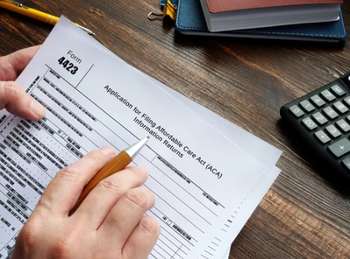
Measuring Pulse Waves at a Woman's Wrist May Help Explain Heightened Cardiovascular Risk During Menopause
New research is suggesting that measuring the pulse wave at a menopausal woman’s wrist may explain the increase in cardiovascular disease risk during menopause better than a standard blood pressure measurement.
New research is suggesting that measuring the pulse wave at a menopausal woman’s wrist may explain the increase in cardiovascular disease risk during menopause better than a standard blood pressure measurement.
Presented at the American Heart Association’s Basic Cardiovascular Sciences 2019 Scientific Sessions, the study found that by using radial pulse waves, measuring the heartbeat through the artery at the base of the wrist can detect circulatory system changes not picked up during blood pressure readings.
“Through mathematical models, we converted the pressure wave of the radial pulse into frequency waves,” Chi-Wei Chang, PhD, director of research and development at the Mii-Ann Medical Research Center in Taipei, Taiwan, and lead author of the study,
In doing this, the researchers observed that C1, which is related to heart attack, and C3, which is related to heart failure, were impacted. According to Chang, the 2 harmonics in radial pulse waves may shed light on hormonal changes during menopause that indicate the progression of atherosclerosis.
Based on these findings, “Healthcare providers can measure a menopausal woman’s radial pulse to see if the patient’s C1 harmonic is affected. If it is, they can monitor a patient’s situation more closely and take action to prevent cardiovascular disease from becoming more severe,” said Chang. However, he cautioned that more research is needed to confirm this finding and to demonstrate how and why this occurs.
The study included 327 premenopausal and postmenopausal women who had no history of heart disease. Tracking the women’s systolic and diastolic blood pressure measurements, as well as 12-second continuous radial pulse data, the researchers also found that:
- Body mass index is the largest contributor to a woman’s blood pressure and risk for hypertension.
- Age impacts just systolic blood pressure.
- Menopause does not change blood pressure, but it can increase a woman’s cardiovascular disease risk.
Newsletter
Stay ahead of policy, cost, and value—subscribe to AJMC for expert insights at the intersection of clinical care and health economics.








































